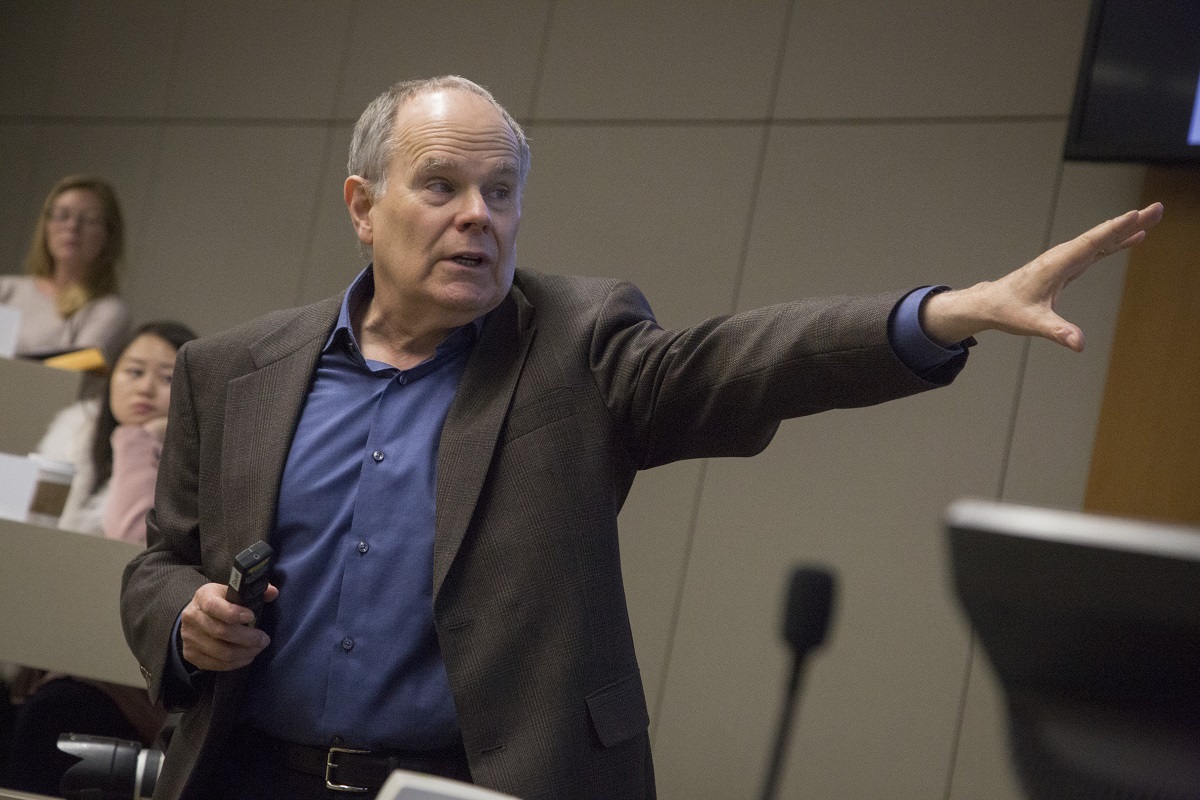Professor Wesley Cohen has spent his career studying innovation and the conditions, corporate structures and relationships that nourish innovative performance.
Most recently, this work resulted in research into what Cohen calls the division of innovative labor: that after firms and other entities come up with ideas, it’s often different firms that bring them to market. Cohen’s work helps managers and policymakers understand how best to foster innovation.
Cohen discusses his work in this Fuqua Q&A.
You highlight the difference between invention and innovation. What is that distinction, and why is it important?
Invention is coming up with an idea. Some entities, such as universities, may be better at coming up with ideas than they are at innovation, which is the commercialization of an idea, the act of introducing it to the market. So while a university or a biotech firm might come up with a new drug, it’ll be a pharmaceutical firm that brings it to market.
Anecdotally, it appears large firms are relying more on outside entities for invention rather than coming up with ideas in their own R&D labs. Ashish Arora, John Walsh and I decided to survey firms to find out how pervasive this is, how commonly firms acquire invention. With funding from the National Science Foundation and the Kauffman Foundation, we designed a survey and got responses from about 6,500 firms.
What does your research reveal about how innovation works in the real world?
In manufacturing, we found about 49 percent of firms were acquiring the overall concepts or prototypes for their most important products from the outside, which to our minds is extraordinarily high. This means that if we want to understand what drives innovation, we need to consider the extent and implications of this division of innovative labor.
Firms are acquiring inventions from many sources, including their buyers, competitors, suppliers, universities, and individuals. The acquisition also happens in various ways, such as licensing, the merger and acquisition of firms, cooperative ventures, as well as more informal means typically not subject to contracts.
People tend to ask what kind of firms are more innovative. Some believe it’s large, established firms with their own research and development arms; more recently it’s popular to argue that it’s the startups, who are more capable and efficient and small enough to be nimble.
But that question is a bit misguided. Think of innovation as a system of relationships that yield innovative performance and economic growth. Yes, startups may be inventive, but they often sell their inventions – or maybe the firm itself is acquired by another firm, often a larger and more established firm. There are symbiotic relationships here in which the different actors complement one another.
What can firms learn from this research?
From a managerial perspective, it suggests that firms that have not yet begun to open up and scan the environment for the possibilities should start doing so. That means those firms need to invest in what a co-author and I identified as their absorptive capacity – the capability to search for and assess the value of inventions and opportunities that are outside the firm, as well as the ability to assimilate and exploit those opportunities.
That becomes all the more important when you realize there is this set of relationships that underpin innovative performance.
What can policymakers do to support relationships that aid innovation?
It’s not so much that we should be promoting startups, more that we need to understand how invention gets from startups into the market. Most startups never become widely known, it’s not typical that one becomes a Google – but they feed into these relationships that eventually affect the marketplace.
So we need to shift focus. From a policy perspective, that means maybe we should be thinking about how to take the channels through which inventions might flow and make them more efficient. That’s because firms can be good at different things, so there are mutual benefits to trade, as well as overall benefits to the system.
The federal government plays a fundamental role in supporting research, most notably through the National Institutes of Health, the National Science Foundation, the Department of Energy and the Department of Defense. With public corporations withdrawing from support of research, this is no time for the federal government to be cutting back in those areas. We know from the research of two of my Fuqua colleagues that while firms are cutting back on basic and applied research in favor of development, they are not using research any less. And because it takes time for the seeds of invention to bear fruit, you’re not going to know what you’re killing now until it’s too late.
